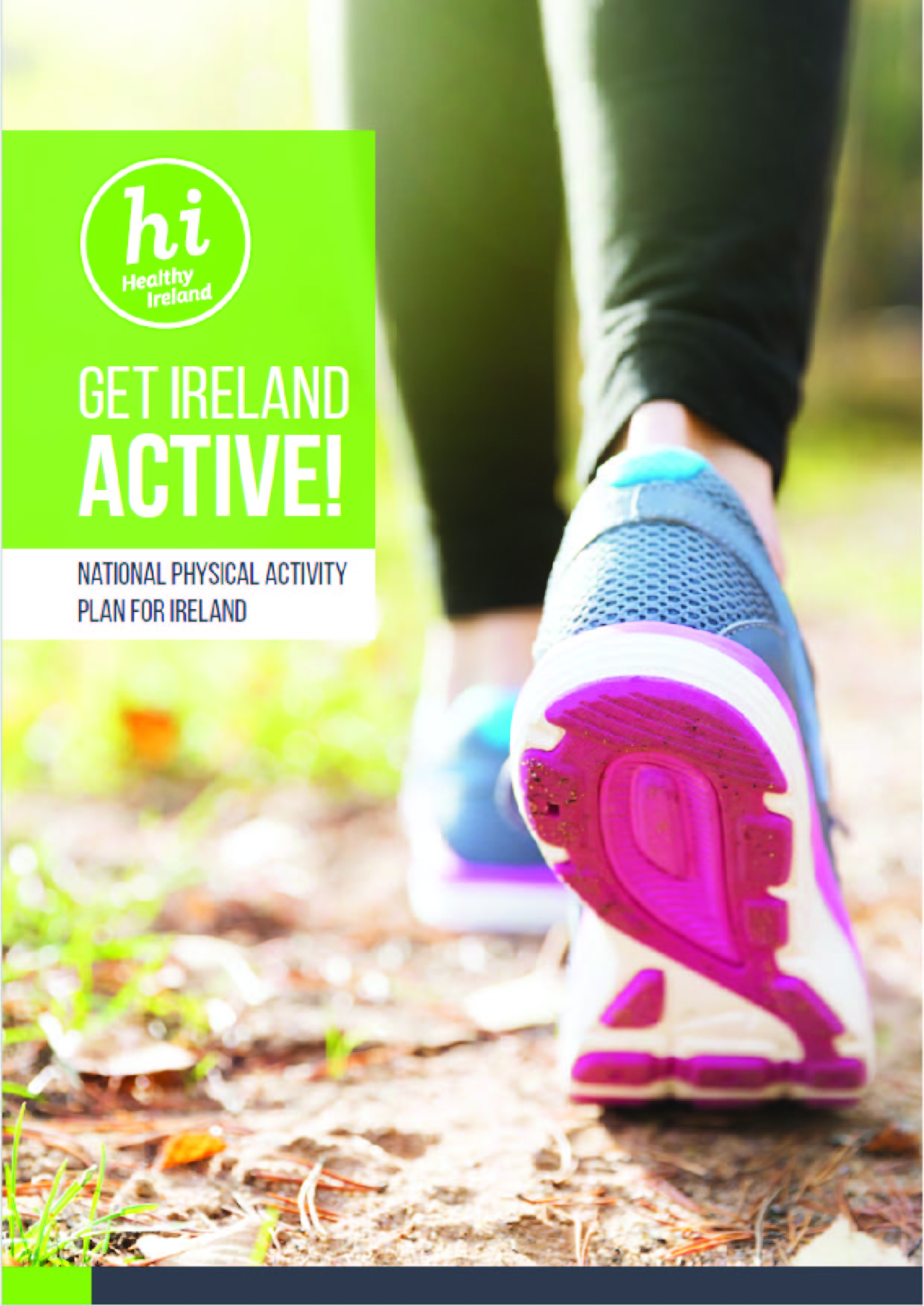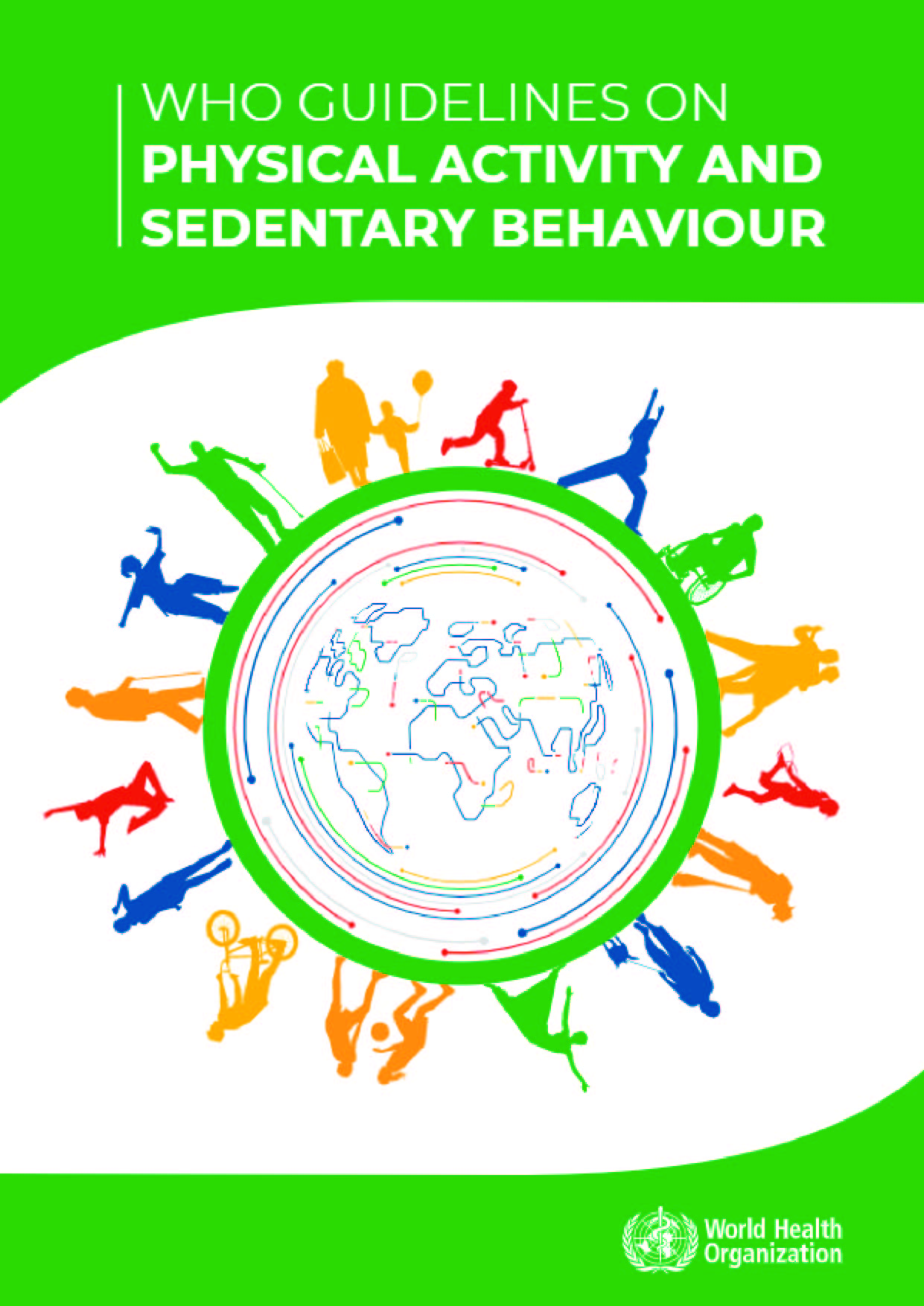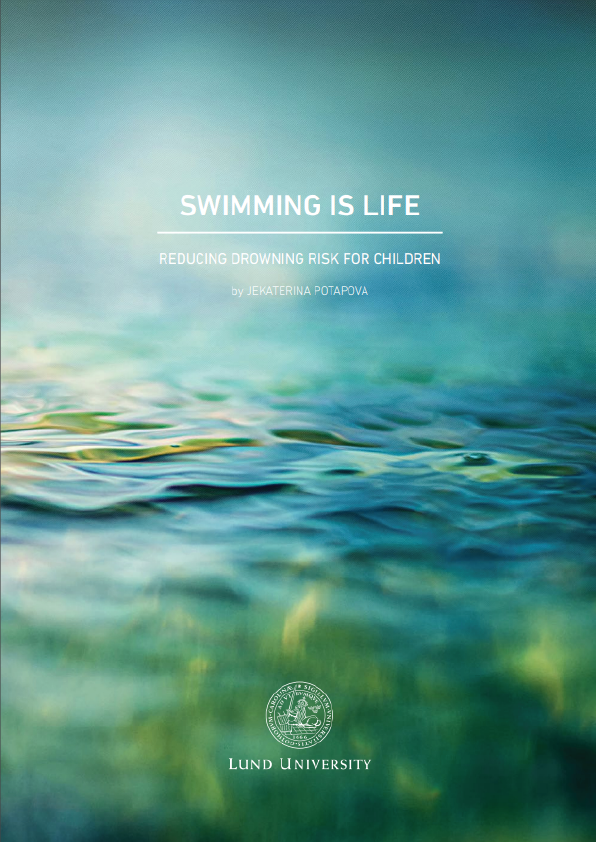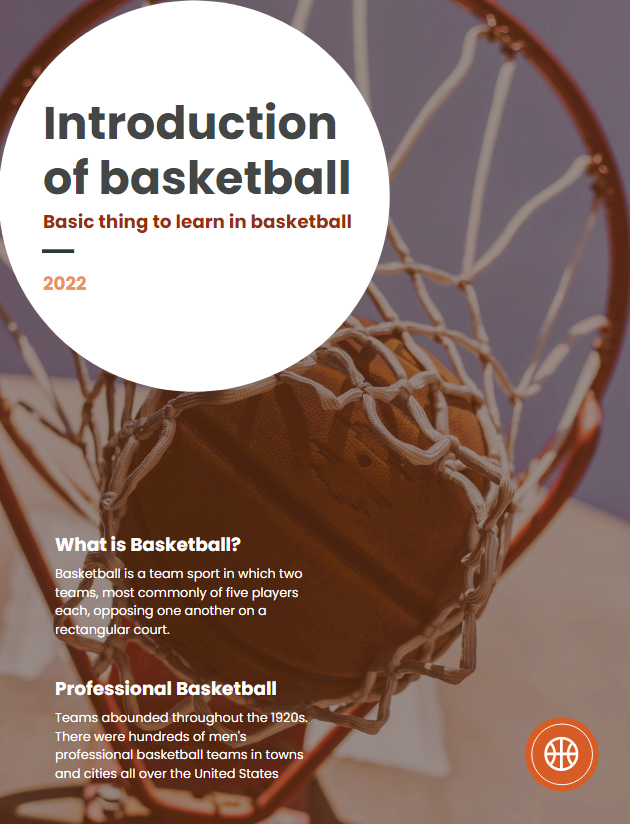Background
Healthy Ireland, A Framework for Improved Health and Wellbeing 2013-20251 (DH, 2013) is the national framework for whole of Government and whole of society action to improve the health and wellbeing of people living in Ireland. It sets out four central goals and outlines actions under six thematic areas, in which society can participate to achieve these goals. The Framework identifies a number of broad inter-sectoral actions, one of which commits to the development of a plan to promote increased physical activity levels.
The commitment given in Healthy Ireland to develop this Plan to promote increased physical activity levels across the population aims to provide a strong focus for modifying unhealthy lifestyle habits and promoting awareness of the benefits of physical activity in relation, not just to health, but in a wider socio-economic context.
It is clear that many different agencies are involved in promoting physical activity and that multi-sectoral policies are needed to promote physical activity. We all need to work closer together and involve all of the relevant stakeholders across government, the wider public service, in education, the private sector and the community and voluntary sector.
A cross-sectoral working group, co-chaired by the Department of Health and the Department of Transport, Tourism and Sport, (membership listed at Appendix 2) was established to develop this National Physical Activity Plan to increase population levels of physical activity which would lead to health, economic and social benefits. The group included representatives of a range of stakeholders with an interest and an expertise in physical activity.
Every organisation and every individual with an interest in promoting physical activity can use this Plan to start taking action to achieve the shared goal of greater participation in physical activity by people living in Ireland.
How much physical activity should we be doing?
The National Guidelines on Physical Activity for Ireland are based on international expert evidence and describe appropriate levels of health enhancing physical activity for the Irish population.
Children and young people (aged 2 – 18)
- All children and young people should be active, at a moderate to vigorous level, for at least 60 minutes every day. This should include muscle-strengthening, flexibility and bone-strengthening exercises 3 times a week.
Adults (aged 18 – 64)
- Adults should be active for at least 30 minutes a day of moderate activity on 5 days a week (or 150 minutes a week).
Older people (aged 65+)
- Older people should be active for at least 30 minutes a day of moderate intensity activity on 5 days a week, or 150 minutes a week with a focus on aerobic activity, muscle strengthening and balance.
Adults with disabilities
- People with disabilities should be as active as their ability allows. Aim to meet adult guidelines of at least 30 minutes of moderate-intensity activity on 5 days a week.
How active we are?
A large number of Irish people are not meeting the levels of physical activity recommended in the National Guidelines and this is evident from a range of surveys which have been conducted over the last number of years. The Sport Ireland Irish Sports Monitor (ISM) is a representative survey of the Irish population aged 16+ and employs a large sample size (of approximately 9,400 questionnaires) in order to identify the nature of sporting participation within small subgroups of the population. As well as measuring participation in sporting activities, the ISM also examines a range of other physical activities in which people may participate, including recreational walking and cycling/walking for transport. The annual report for 20135 indicates that the percentage of people who are highly active is just 31.3%. It is noteworthy that while there was an increase in sporting participation from 44.8% in 2011 to 47.2% in 2013, only 45% of those who participate in sport meet the Guidelines.
The Children’s Sport Participation and Physical Activity study (CSPPA)6 published in 2010 was a cross-sectional study that used self-report surveys, objective measures of physical activity and qualitative interviews to assess participation in physical activity, physical education, extra-curricular and extra-school sport among 10-18 year olds. Findings relating to a total of 5,397 children from 53 primary and 70 post-primary schools are presented in the research report making it, perhaps, the most comprehensive available information in relation to physical activity behaviours in school-going children in Ireland. The research painted a stark picture about levels of physical activity in children living in Ireland.
Do you want to explore this topic more? You can read though this book above.











